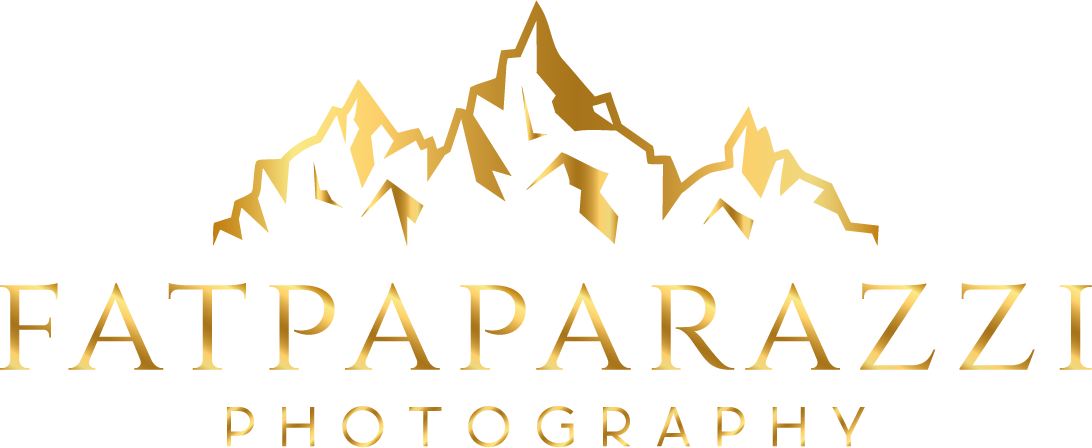Starry Night
Starry Night
One of our first dedicated photography trips was in April 2021 down to Canberra for the weekend. Just outside of Sutton north of the city, is a small farm now known as The Henge. About 10 years ago, the owners gathered massive granite columns up to 3 metres in length while cleaning up a neighbouring property. For fun, they arranged them on the highest point of the property roughly in the shape of the famous English Stonehenge.
Visible from the Federal Highway we’d seen the structure many times and decided it was time to photograph it during Milky Way season. We stayed on site in their humble offering and grabbed our cameras, some red wine, a bloothtooth speaker and rugged up for a night in the cold Autumn air.
Setting up camp about 8:30pm, come 3:00am we were still out there taking photos and experimenting. On an absolutely crisp clear night, with Pink Floyd’s Dark Side Of The Moon playing, nursing a local shiraz the whole time, it was truly one of the most magically experiences I’ve ever had in nature. The Milky Way is visible in the southern hemisphere from March to October and works its way across the sky as equally as the moon. You don’t notice this normally, but when focusing on photographing it, for hours, it is truly noticeable and awe inspiring.
Starry Night was imagined weeks before its execution, and while cliche, I think a telling capture and one I’m very proud of. Taken with a Tokina 11-16mm wide angle lens at f2.8 and an ISO of 2500, the shutter was kept open for 22 seconds to gather as much light as possible while minimising star trials. These occur through movement of the stars during exposure time - yes in 20 seconds they move. A technique known as light painting, waving a torch briefly across certain elements to highlight them, was employed on the stones.
I took over 100 photos that night, this one I believe is my favourite.
11mm. f/2.8. 22sec. ISO 2500.
